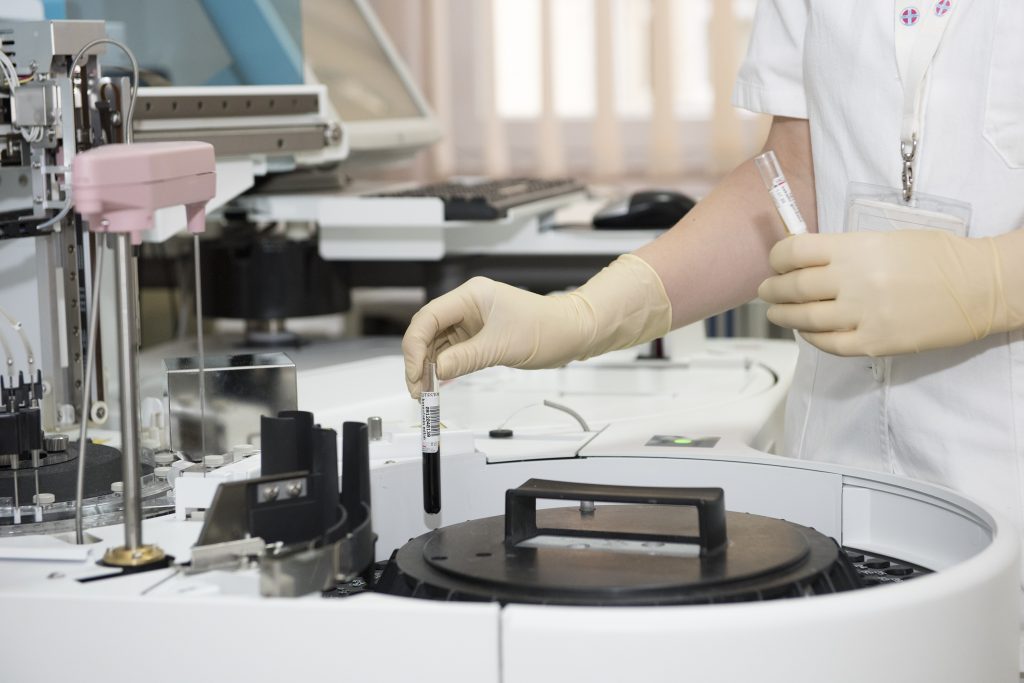N.J. hospital built one of the largest medical construction projects in the U.S. It cost $714M.

Its the largest building on campus.
The Helena Theurer Pavilion a nine-story, 530,000-square-foot tower costing $714 million is the latest addition to Hackensack University Medical Center, hospital officials say. The pavilion dubbed the first smart surgical tower in New Jersey is set to open at the Hackensack facility in December.
The tower includes 24 operating rooms, 72 prep and recovery bays, 50 high-acuity critical care beds and 175 private rooms. It incorporates the first intraoperative MRI system in the state and six robotic-capable rooms with the ability to instantly transform into negative-pressure rooms to prevent the spread of COVID-19 and other infectious diseases, hospital officials say.
Hackensack Median Health, which runs Hackensack University Medical Center, says it was one of the largest hospital construction projects in the nation. Hackensack Meridian Health financed the new pavilion through its capital plan, a spokeswoman said.
These operating rooms have a number of features which make them unique in the United States, said Dr. Howard Ross, chief of surgery at Hackensack University Medical Center. First of all, theyre massive, so what that means to the surgeon is that all technology fits into the room without any issue.
Rendering of a room in the new Helena Theurer Pavilion at Hackensack University Medical Center, a nine-story surgical tower set to open in December.
So what is a smart surgical tower?
Video conferencing monitors will allow operating room teams to talk in real-time during procedures, hospital officials say. Patient rooms will be outfitted with 69-inch flatscreen televisions and cameras, allowing patients to talk to family while undergoing treatment. And doctors can bring up 3D virtual models and images on the screens to explain a patients diagnosis and treatment.
Even though it is an absolutely magnificently gorgeous building, the primary purpose was for us to be able to incorporate the latest and best in order to provide the safest patient care possible, said Mark Sparta, president of Hackensack University Medical Center.
The state-of-the-art CT imaging in the new intensive care unit is a game changer, he says.
All too often when we walk through hospitals, we find that patients are being transported, not just horizontally, but vertically down public corridors in order to receive a CT scan, Sparta said, which is not the best experience for a patient or for visitors, but also is wrought with a lot of patient safety issues because patients destabilize during transport.
Its inefficient because we pull a lot of ICU nurses to travel with patients that have to travel off the unit. So from my perspective, having a CT scanning capability on the ICU unit is a game changer from both a patient as well as a patient safety perspective.
Our journalism needs your support. Please subscribe today to NJ.com.
Spencer Kent may be reached at skent@njadvancemedia.com.


